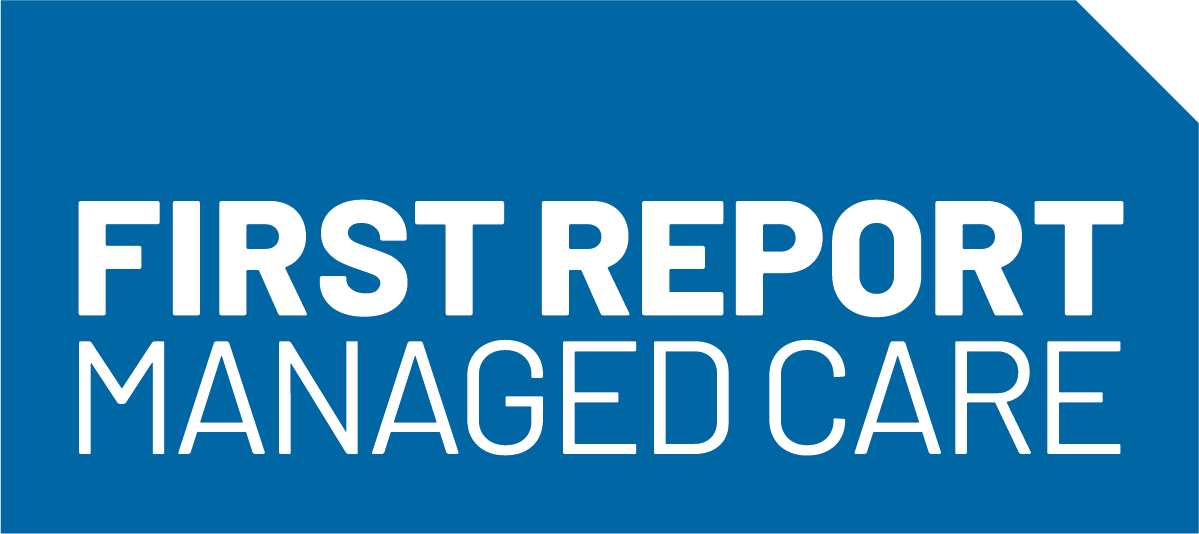Balancing Innovation and Access: Managed Care Strategies to Navigate the Rising Cost of Oncology Treatments
As the oncology landscape rapidly evolves with breakthroughs in precision medicine and a surge in high-cost therapies, health care payers and providers are under increasing pressure to balance clinical efficacy with financial sustainability. At AMCP, two experts offered a comprehensive look at the multifaceted strategies being employed to navigate these challenges in their presentation titled “Innovative Managed Care Solutions in Oncology: Enhancing Outcomes While Blunting the Cost Curve.” Laura R. Bobolts, PharmD, BCOP, senior vice president of Clinical Strategy and Growth at OncoHealth, provided a clinician’s perspective on the intricacies of oncology drug management, while Kelly Romo, PharmD, BCOP, manager of Oncology Medical Drug Management at Blue Cross Blue Shield of Michigan, shared an operations-focused review of payer strategies. This article summarizes their key insights and highlights actionable solutions for stakeholders across the managed care continuum.
Managing Oncology Drug Spend and Enhancing Access
Dr Bobolts provided an overview of the unique challenges in oncology drug management and outlined emerging strategies for balancing patient care with cost containment. She emphasized how oncology differs significantly from other disease states due to the complexity of cancer types, rapid evolution of treatments, the emotional weight of the diagnosis, and high drug costs. The field has seen an explosion of new drugs and indications, driven by precision medicine and immunotherapies, with 2024 alone witnessing 70 US Food and Drug Administration (FDA) oncology approvals—24 of which were new drugs.
In 2024, the average annual cost for new oncology drugs reached $440 141, up from $5000 in 2003. Immune checkpoint inhibitors such as pembrolizumab dominate spending, projected to account for half of all cancer drug costs by 2028. Oncology is also the leading field in cellular and gene therapy development, with 715 therapies under investigation and 13 already approved. However, biosimilars present a rare cost-saving opportunity, with $7.1 billion saved in 2023 and $19 billion saved globally since 2017. Further reductions are expected as exclusivities expire.
Dr Bobolts stressed the importance of regimen-level prior authorization (PA) to ensure patients receive evidence-based treatment tailored to biomarkers and therapeutic combinations. She championed PA not as a barrier, but as an additional safeguard to guarantee the best possible outcomes. She cited real-world cases where incorrect or unsupported treatments were replaced with more effective, guideline-based alternatives. She concluded with a call for enhanced care management, advocating for 24/7 oncology nurse support, nutritional and mental health services, and better navigation tools to assist patients throughout treatment.
Operationalizing Oncology Management
Dr Romo gave a deep dive into the operational strategies being used to control oncology drug spend in a commercial plan context. Her talk centered around 6 key utilization management strategies: dose optimization, split fills, quantity limits, step therapy, biosimilar preferences, and site-of-care programs.
Dose optimization was presented as a cost-efficient practice that reduces drug waste by rounding doses within a clinically acceptable range. A voluntary program at Blue Cross Blue Shield has already saved $300 000 in just 2 months. Split fills, meanwhile, reduce waste for oral drugs with high early discontinuation rates, although they require careful planning to avoid confusing patients or breaching packaging regulations.
Site-of-care programs were highlighted as the most impactful strategy. Dr Romo detailed a gradual, phased rollout starting in 2022 that transitioned patients from costly hospital settings to professional or home infusion sites. The keys to its success were phased implementation, extensive stakeholder engagement (including providers and societies), and exception handling for complex cases or unsuitable home environments. Re-contracting with facilities also allowed cost reductions without changing patient locations.
Biosimilars, step therapy, and legislative considerations rounded out her talk. Blue Cross Blue Shield implemented preferred biosimilar strategies without exclusivity, ensuring options remain for providers and patients. She also touched on employer-led strategies to handle the rising costs of gene and cell therapies, including stop-loss insurance, travel benefits, and payment plans. Finally, Dr Romo highlighted the need for outcome-based contracts and coordination across payer teams to effectively manage expensive, high-stakes treatments.
Conclusion
The speakers highlighted the complex interplay between clinical innovation and operational execution in oncology managed care. As cancer treatment becomes more targeted—and more costly—stakeholders must work collaboratively to ensure that patients receive effective, evidence-based therapies without imposing unsustainable financial burdens on health systems or employers. Ultimately, the managed care innovations discussed during the presentation not only aim to control costs, but to elevate the standard of care and ensure that every patient has access to the right treatment, at the right time, in the most appropriate setting.
Reference
Education Session: [W4] Innovative managed care solutions in oncology: enhancing outcomes while blunting the cost curve. Presented at: AMCP 2025; March 31-April 3; Houston, TX.












